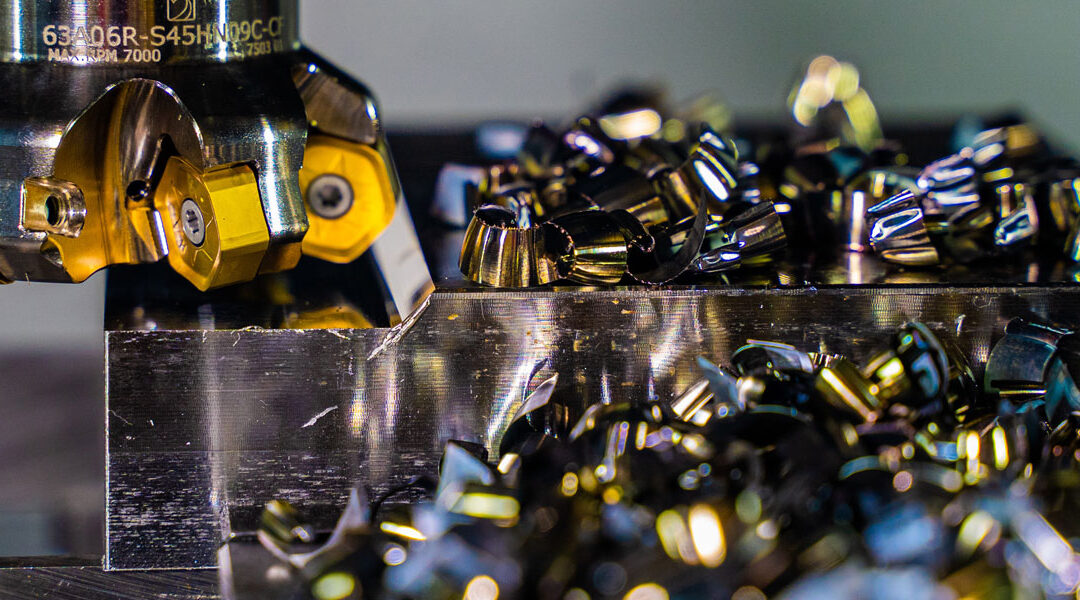
Abrasives can be divided into two categories: ordinary abrasives (such as aluminum oxide, silicon carbide, etc.) and superhard abrasives (diamond, cubic boron nitride, etc.).
CBN and Jinzeshi are harder and more wear-resistant than ordinary abrasives, but they are very expensive. At the same time, superhard abrasives are excellent heat conductors (the thermal conductivity of diamond is 6 times that of copper), while ordinary abrasives are ceramic materials, so they are adiabatic.
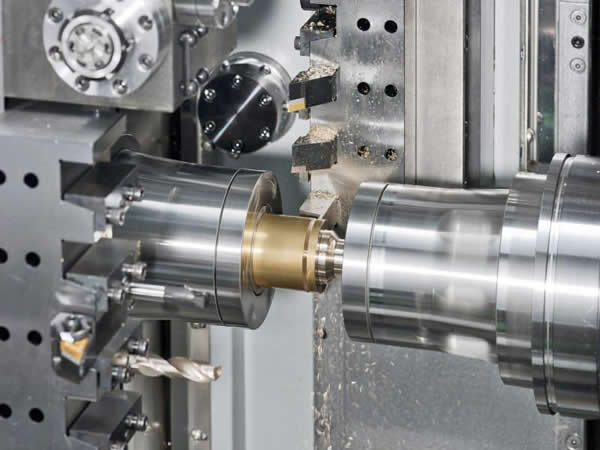
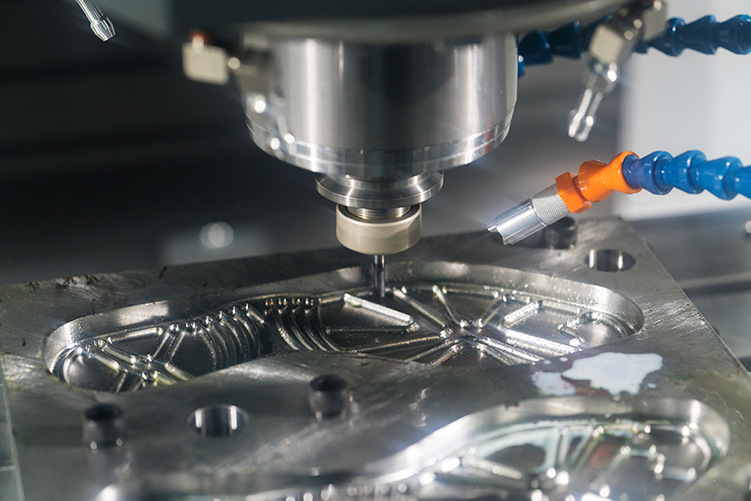
Superhard abrasive also has high thermal diffusivity, that is, it has the ability to dissipate heat rapidly. This characteristic makes superhard abrasive have the nature of "cold cutting". The abrasion resistance of superhard abrasives is also much better than that of ordinary abrasives, but these characteristics of superhard abrasives do not mean that they are suitable for all grinding processes.
Each abrasive has its most appropriate application field, so it is important to understand the characteristics of each abrasive. For example, alumina ceramic abrasives - sometimes called seed gel (SG) abrasives or ceramic abrasives - generally have better wear resistance and shape retention than molten (ordinary) alumina. However, ceramic abrasives also have the most appropriate application fields.
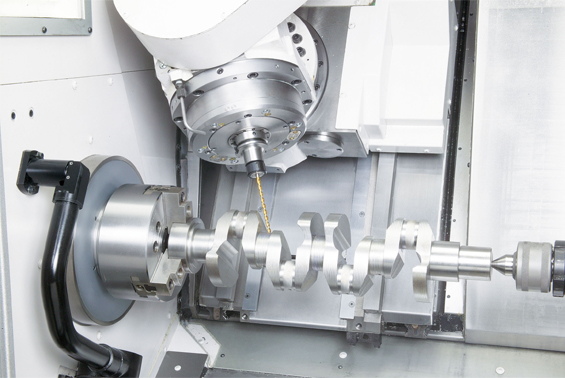
Alumina: Al2O3 is the cheapest abrasive. When grinding hardened steel, the performance is very good. Under the condition of continuous dressing, nickel base superalloys can also be ground. Al2O3 has good adaptability to various grinding conditions, such as soft and hard materials, light cutting and heavy cutting, and can grind a very high surface finish.
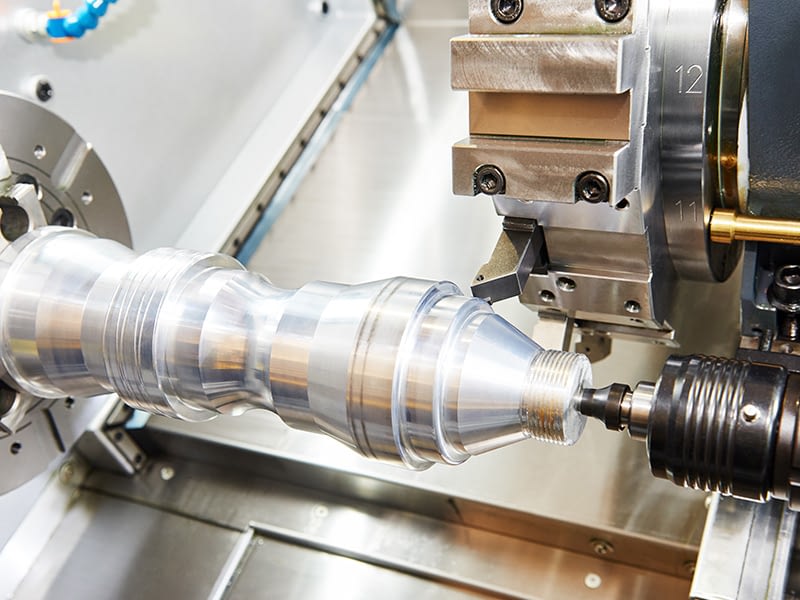
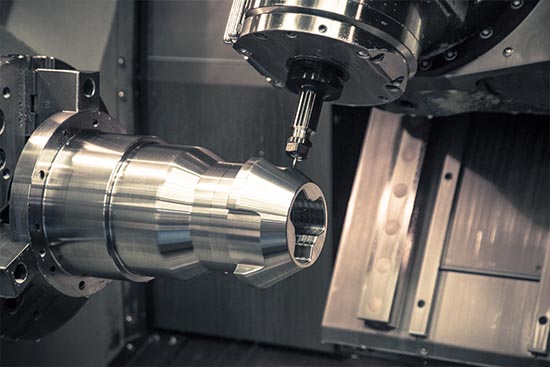
Ceramic alumina: ceramic alumina has high strength, so it is most suitable for occasions where the cutting force load of each abrasive grain is high. Ceramic alumina is very effective in cylindrical grinding and large plane reciprocating grinding of hardened steel. But it is not suitable for long cutting arc and small load force of single abrasive grain, such as internal circular grinding, creep feed grinding, etc. However, the ceramic alumina abrasive particles modified by "stretching" can also be used to process viscous stainless steel, superalloy, etc. even when the cutting arc is long. At this time, the shape ratio (length width ratio) of the abrasive particles reaches 5.
Post time: Jan-02-2023
